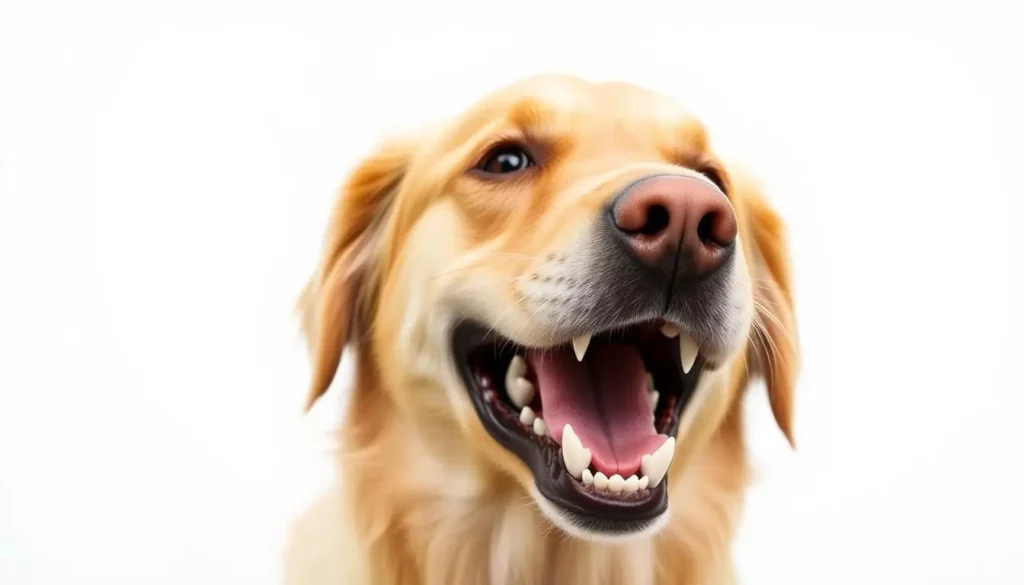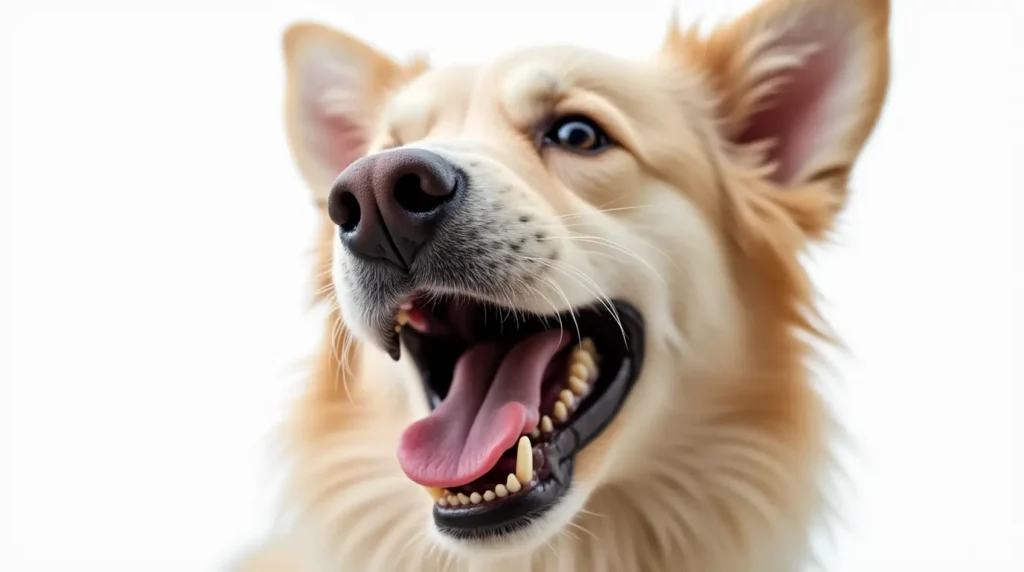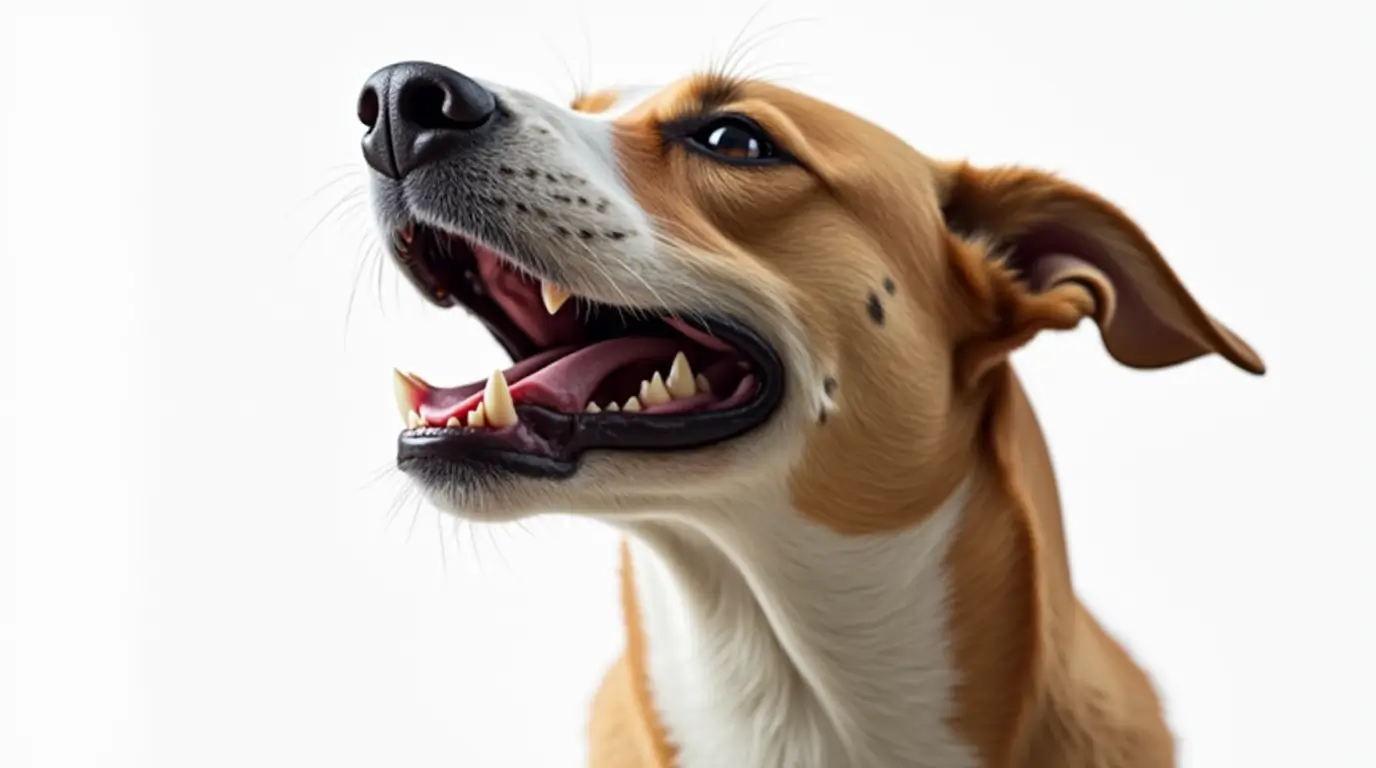Dog Teeth Cleaning: The Ultimate Guide to a Healthy Smile
As a dog owner, you want the best for your pet. Keeping their teeth clean is key to their health. Brushing their teeth regularly is crucial. Without it, they could face serious health issues.
About 80% of dogs show signs of dental disease by age 3. This shows how important it is to start early and keep up with dog teeth cleaning.
By focusing on dog teeth cleaning, you can avoid problems like gingivitis and periodontal disease. Brushing their teeth regularly, along with yearly vet cleanings, can help a lot. Dental chews and toys can also help by reducing plaque and tartar.
Key Takeaways
- Regular brushing is recommended at least 2-3 times per week for optimal dental health
- Annual professional dental cleanings are crucial for maintaining canine dental care
- Dental chews and toys can reduce plaque and tartar buildup
- A balanced diet is linked to improved dental health
- Regular mouth examinations by pet owners can lead to early detection of dental problems
- Dog teeth cleaning is an essential part of overall canine health and well-being
- Canine dental care requires a combination of regular brushing, professional cleanings, and a balanced diet
Why Your Dog’s Dental Health Matters
As a dog owner, you want your pet to be healthy and happy. Pet dental hygiene is key to preventing many health problems. The American Veterinary Medical Association (AVMA) says about 80% of dogs get dental disease by age three.
It’s important to take your dog for dental check-ups regularly. Experts say at least twice a year to catch dental problems early. Professional dog teeth cleaning can help a lot, especially when done under anesthesia for safety. Also, a special diet can help keep your dog’s teeth clean.
Some signs your dog might have dental issues include:
- Bad breath
- Difficulty eating
- Swollen gums
Knowing these signs is crucial. Many owners don’t realize their dogs have dental problems. Taking care of your dog’s teeth can prevent pain, tooth loss, and even serious health issues.
Investing in your dog’s dental health is a smart move. It can help them live a long, healthy life. Regular dental care can prevent serious health problems. Talk to your vet about the best dental care for your dog, including professional dog teeth cleaning and a good diet for pet dental hygiene.
| Dental Problem | Description |
|---|---|
| Gingivitis | Inflammation of the gums |
| Periodontitis | Infection of the gums and bone |
| Tooth Decay | Bacterial infection of the tooth |
Recognizing Signs of Dental Problems in Your Dog
As a dog owner, it’s key to spot dental issues in your pet. Dogs can’t speak up when they’re in pain. So, watch for signs like bad breath, drooling, and yellow teeth. Regular dog oral health checks can catch these problems early.
Some common signs of dental problems in dogs include:
- Persistent bad breath
- Drooling
- Discolored teeth
- Loss of appetite
- Pain while eating
These symptoms might mean your dog has dental disease. This can lead to bigger health problems if not treated. Regularveterinary teeth cleaning can stop these issues and keep your dog healthy.
Dental disease affects about 80% of dogs by 3 years old. Regular vet visits can find dental problems early. This lowers the chance of serious health issues. By spotting dental problems and taking steps to prevent them, you can keep your dog’s dog oral health and overall health in top shape.
| Age | Percentage of Dogs with Dental Disease |
|---|---|
| 2 years | 20% |
| 3 years | 80% |
Essential Tools for Dog Teeth Cleaning
Having the right tools is key for dog toothbrushing. A dog-specific toothbrush and toothpaste are must-haves. They help remove plaque and tartar, preventing dental diseases.
Choosing the right toothbrush and toothpaste can be tough. Look for products with the Veterinary Oral Health Council (VOHC) seal. This ensures they are safe and effective. Dental chews and toys can also help, making brushing more fun.
There are more tools to help with dog teeth cleaning. Dental chews and toys can cut down on plaque. Water additives can also prevent plaque. Using these tools with regular brushing keeps your dog’s teeth clean and healthy.
Step-by-Step Guide to Dog Teeth Cleaning at Home
As a dog owner, you are key to keeping your dog’s teeth clean. This not only stops dental issues but also brings you closer to your pet. Begin by slowly introducing the toothbrush and toothpaste. Let your dog get used to these new things.
Make sure your dog sees teeth cleaning as a good thing. Give them treats and praise during and after. This way, they’ll look forward to it. Start with short sessions, aiming for 30 seconds on each side of the mouth. Remember, being patient and consistent is crucial for successful dog teeth cleaning at home.

- Use a toothbrush made for dogs, matching your dog’s mouth size and shape.
- Choose a toothpaste your dog likes, making cleaning more fun for both.
- Pay extra attention to where teeth and gums meet, as plaque and tartar often gather here.
By following these steps and making dog teeth cleaning a regular part of your canine dental care routine, you can greatly lower dental disease risk in your dog. This will help their overall health and happiness.
Professional Dog Teeth Cleaning: What to Expect
As a pet owner, you want your dog’s teeth to be clean and healthy. Professional dog teeth cleaning is key for pet dental care. A vet will check your dog’s teeth and gums for any problems.
A pre-cleaning check is important to plan the best dental care for your dog. This might include a visual check and X-rays to find hidden issues. Regular cleanings can give a deep clean, cutting down periodontal disease risk by 70%.
Benefits of Professional Cleanings
Professional teeth cleaning keeps your dog’s dental health in check by removing plaque and tartar. This stops gum disease, tooth decay, and tooth loss. It also cuts down on bad breath, discolored teeth, and chewing problems.
After the cleaning, your vet will tell you how to care for your dog’s teeth at home. Professional cleanings help keep your dog’s teeth and gums healthy. This reduces the chance of serious dental problems.
Natural Methods for Maintaining Dog Dental Health
As a dog owner, you want your pet’s teeth to be healthy. Natural ways can help keep your dog’s teeth clean, along with vet visits. Dental chews and toys can cut down on plaque and tartar.
Coconut oil and parsley can fight bacteria in your dog’s mouth. Adding rosemary and thyme to their food can also help. Chew toys with nubs or ridges can clean teeth like a toothbrush.
Changing your dog’s diet can also help their teeth. Carrots clean teeth gently and are good for them. Apples, given safely, are full of vitamins and clean teeth too. These natural steps can boost your dog’s health.
But remember, natural methods aren’t a full replacement for vet teeth cleanings. They work best together. This way, you can keep your dog’s teeth healthy and prevent problems.
Preventing Tartar and Plaque Buildup
Regular dog toothbrushing is key to stop tartar and plaque buildup. This can cause periodontal disease and other health problems in dogs. The Veterinary Oral Health Council (VOHC) says daily brushing can cut plaque by 60-70%.
To stop tartar and plaque, try these steps:
- Daily brushing or wiping of your dog’s teeth to remove plaque before it hardens into tartar
- Using VOHC-accepted water additives to reduce bacterial count in your dog’s mouth
- Providing dental chews and toys designed for tartar removal for dogs
Also, feeding your dog a dental diet endorsed by the VOHC can slow down plaque and tartar buildup. Don’t forget to schedule regular dental cleanings with your vet to avoid gum and root damage.
By sticking to these tips and a regular dog toothbrushing routine, you can prevent tartar and plaque buildup. This will keep your dog’s teeth and overall health in top shape. Remember, tartar removal for dogs is crucial for their oral health.
| Method | Effectiveness |
|---|---|
| Daily Brushing | 60-70% reduction in plaque accumulation |
| Dental Chews | 20-50% reduction in plaque and tartar buildup |
| Dental Diets | 25% reduction in plaque accumulation |
Special Considerations for Different Dog Breeds
As a dog owner, it’s key to think about your pet’s dental needs. This is especially true for dog teeth cleaning and canine dental care. Different breeds have unique traits that can impact their oral health. Being aware of these can help you provide the best care for your dog.
Small breeds like Yorkies and Poodles are more likely to get tooth decay and gum disease. This is because their teeth and jaws are delicate. Brachycephalic breeds, such as Pugs and Bulldogs, have crowded teeth. This makes them more at risk for gum disease. Regular dog teeth cleaning and vet visits are vital for these breeds to avoid dental problems.
Also, older dogs need special dental care. This includes regular brushing and vet check-ups. As dogs get older, their teeth become more prone to decay and loss. Keeping up with good dental habits is crucial for their health. By understanding these special needs, you can help your dog keep a healthy smile and stay well.

- Regular dog teeth cleaning and veterinary check-ups are essential for maintaining good oral health.
- Different breeds have unique dental needs, and being aware of these factors can help you provide the best possible care.
- Older dogs require special dental care, including regular brushing and veterinary check-ups.
By following these tips and considering your dog’s breed needs, you can help them keep a healthy smile. This is through proper dog teeth cleaning and canine dental care.
Common Mistakes to Avoid in Dog Dental Care
Keeping your dog’s teeth clean is key for their health. Brushing regularly and professional dog teeth cleaning can stop dental issues. But, there are mistakes to steer clear of in dog dental care.
Don’t use human toothpaste, brush too little, or pick the wrong tools. It’s vital to use toothpaste and brushes made for dogs. This keeps their teeth and gums safe.
Here are some common mistakes to avoid:
- Using human toothpaste, which can be harmful to dogs
- Not brushing your dog’s teeth regularly, allowing plaque to build up
- Using the wrong cleaning tools, which can damage your dog’s teeth and gums
Avoiding these mistakes and keeping up with pet dental hygiene can keep your dog’s teeth and gums healthy. Regular professional dog teeth cleaning also helps prevent dental problems and catches issues early.
Remember, a healthy smile is just the start. By caring for your dog’s dental health, you can prevent serious health issues. This ensures your pet lives a happy, healthy life.
| Dental Care Tip | Importance |
|---|---|
| Regular Brushing | Prevents plaque buildup and promotes healthy gums |
| Professional Cleaning | Helps prevent dental problems and detects potential issues early on |
Conclusion: Building a Lifetime of Healthy Smiles
Keeping your dog’s teeth clean is a big job, but it’s worth it. Regular brushing and vet visits are key. Adding dental-friendly chews and treats helps too.
By focusing on your dog’s teeth, you make their life better. You also lower the chance of serious diseases.
Every dog is different. So, talk to your vet to make a dental plan just for your dog. With the right effort, your dog can have a healthy smile for years.

